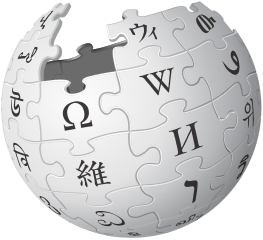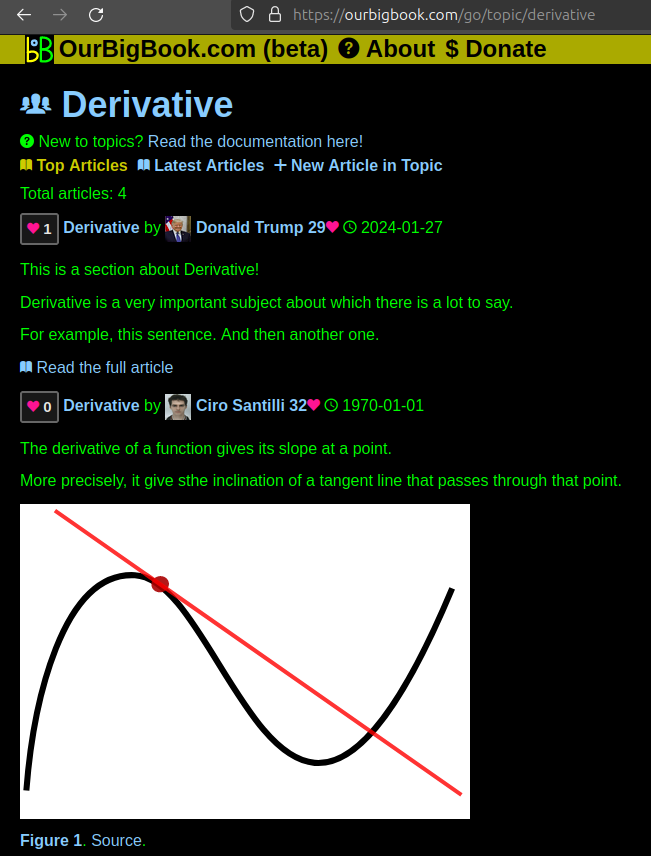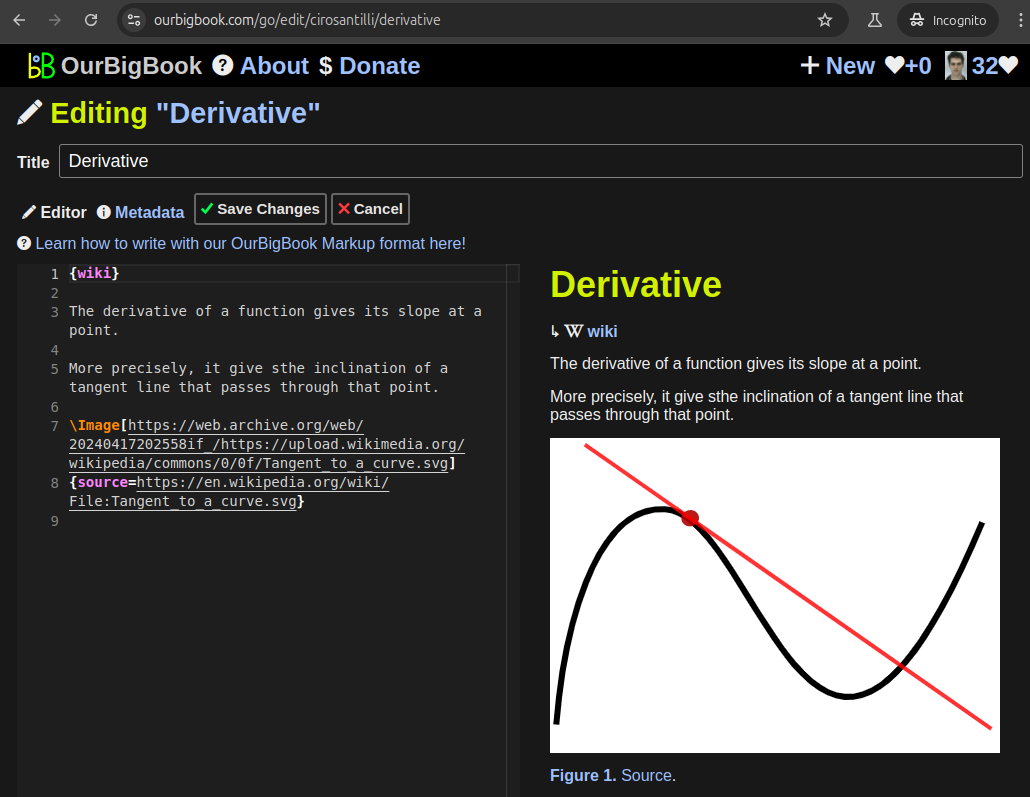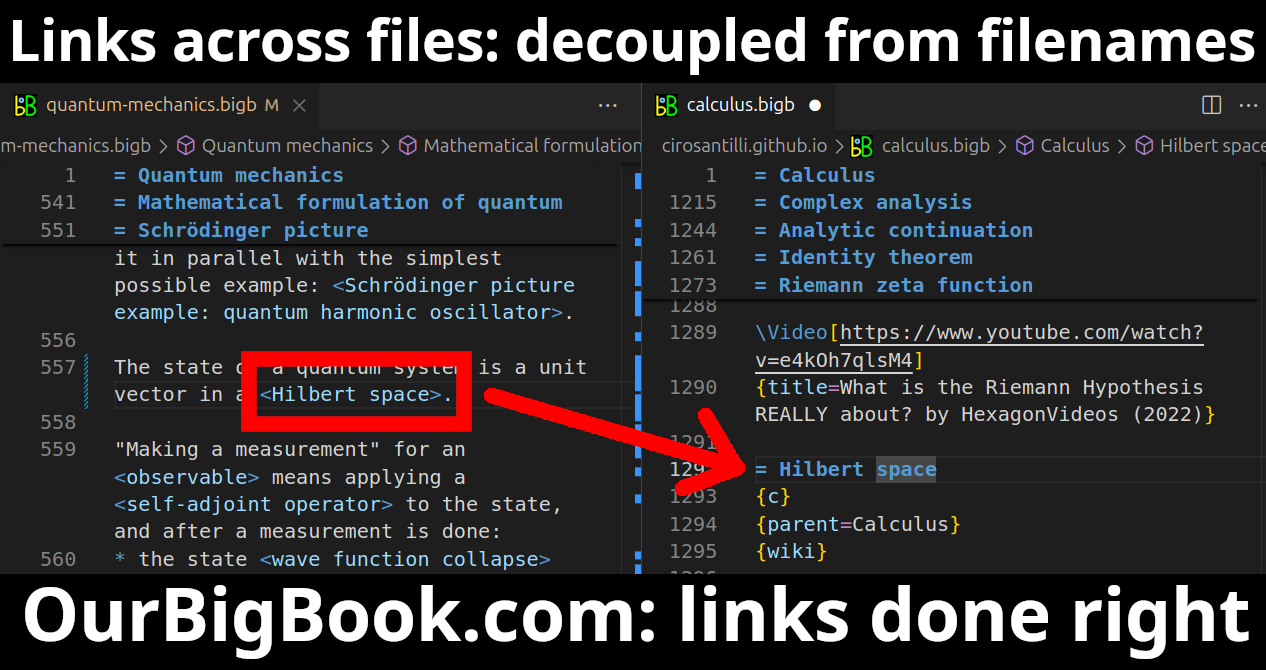The isotope separation facilities of the Manhattan Project were critical components of the United States' efforts during World War II to develop atomic weapons. The project involved the enrichment of uranium-235 (U-235) from natural uranium, which primarily contains uranium-238 (U-238), as well as the production of plutonium-239 (Pu-239) from uranium.
The Honeywell Uranium Hexafluoride Processing Facility, located in Metropolis, Illinois, is a facility primarily involved in the production of uranium hexafluoride (UF6). Uranium hexafluoride is a critical material used in the uranium enrichment process, which is necessary for producing fuel for nuclear reactors and for other applications in the nuclear industry.
Beryllium-10 (\(^10\text{Be}\)) is a radioactive isotope of beryllium, which is a chemical element with the symbol Be and atomic number 4. \(^10\text{Be}\) is formed in the atmosphere as a result of cosmic ray interactions with oxygen and nitrogen, and it can also be produced through various nuclear reactions.
Caesium-137 (Cs-137) is a radioactive isotope of the element cesium. It has a half-life of about 30.1 years and is produced as a byproduct of nuclear fission in reactors and during the decay of certain isotopes, such as in the fallout from nuclear weapons testing or nuclear accidents. Cs-137 emits beta particles and gamma radiation, making it a source of ionizing radiation.
Lebesgue's lemma is a result in measure theory related to the behavior of measurable functions and their integrals.
Ernest Michael is a figure associated with California’s match production industry during the early to mid-20th century. He is best known as a representative of the California Match Company, which was a significant player in the American match industry. The company was known for producing various types of matches, including safety matches, playing an essential role in everyday life before the advent of modern convenience lighters.
The Escalation archetype is a concept often referenced in systems thinking, organizational dynamics, and behavioral psychology. It describes a situation in which two or more parties engage in a self-reinforcing cycle of competition or conflict, where attempts to outdo each other lead to escalating responses that can spiral out of control. This often occurs in both interpersonal relationships and larger organizational or geopolitical contexts.
The E series, or E series of preferred numbers, is a standard set of values used primarily in engineering and manufacturing to provide a consistent methodology for selecting component values, such as resistors and capacitors. These preferred numbers are defined in various standards, including the ANSI/EIA-198 standard, which is used for electronics. The E series is structured in a logarithmic scale and comprises several series that are based on a specific multiplication factor, denoted as "E".
As of my last update in October 2021, I do not have information about a notable individual or entity named Eshref Ademaj. It's possible that Eshref Ademaj is a private individual or a less widely known figure not documented in major sources. If Eshref Ademaj has gained prominence or relevance after 2021, I would not have the latest information. You might want to consider searching online for the most current details or context surrounding that name.
An "essentially contested concept" is a term used in philosophy, particularly in the field of political theory and social science, to describe concepts that are inherently subject to ongoing debate and disagreement. The term was popularized by the philosopher W.B. Gallie in his 1955 article "Essentially Contested Concepts." Essentially contested concepts are characterized by the following features: 1. **Disagreement on Meaning**: Different individuals or groups may interpret these concepts in various ways.
Esteban Terradas i Illa is a Spanish civil engineer known for his contributions to the fields of engineering and urban planning. He is particularly recognized for his work in promoting sustainable development and innovation in infrastructure.
Eudoxus of Cnidus (c. 408 – c. 355 BC) was an ancient Greek philosopher and mathematician, known primarily for his contributions to mathematics and astronomy. He was a student of Plato and made significant advancements in the study of geometry and the understanding of planetary motion. One of his notable contributions to mathematics is the method of exhaustion, a precursor to the integral calculus, which is used to find the area of shapes and volumes of solids.
Eugene D. Commins appears to be a name that may refer to various individuals, but without additional context, it's difficult to pinpoint a specific person or relevance. There are no widely recognized figures by that name in notable historical, scientific, or cultural contexts up to my last update in October 2023. If you can provide more details about who Eugene D.
EURO Advanced Tutorials in Operational Research is a series of educational resources and materials aimed at providing in-depth knowledge and insights into various areas of operational research (OR). OR is a field of study that uses mathematical modeling, statistical analysis, and optimization techniques to aid decision-making in complex systems across various domains, including logistics, finance, healthcare, and manufacturing. The EURO (Association of European Operational Research Societies) organization typically collaborates with leading experts in the field to develop these tutorials.
Pinned article: Introduction to the OurBigBook Project
Welcome to the OurBigBook Project! Our goal is to create the perfect publishing platform for STEM subjects, and get university-level students to write the best free STEM tutorials ever.
Everyone is welcome to create an account and play with the site: ourbigbook.com/go/register. We belive that students themselves can write amazing tutorials, but teachers are welcome too. You can write about anything you want, it doesn't have to be STEM or even educational. Silly test content is very welcome and you won't be penalized in any way. Just keep it legal!
Intro to OurBigBook
. Source. We have two killer features:
- topics: topics group articles by different users with the same title, e.g. here is the topic for the "Fundamental Theorem of Calculus" ourbigbook.com/go/topic/fundamental-theorem-of-calculusArticles of different users are sorted by upvote within each article page. This feature is a bit like:
- a Wikipedia where each user can have their own version of each article
- a Q&A website like Stack Overflow, where multiple people can give their views on a given topic, and the best ones are sorted by upvote. Except you don't need to wait for someone to ask first, and any topic goes, no matter how narrow or broad
This feature makes it possible for readers to find better explanations of any topic created by other writers. And it allows writers to create an explanation in a place that readers might actually find it.Figure 1. Screenshot of the "Derivative" topic page. View it live at: ourbigbook.com/go/topic/derivativeVideo 2. OurBigBook Web topics demo. Source. - local editing: you can store all your personal knowledge base content locally in a plaintext markup format that can be edited locally and published either:This way you can be sure that even if OurBigBook.com were to go down one day (which we have no plans to do as it is quite cheap to host!), your content will still be perfectly readable as a static site.
- to OurBigBook.com to get awesome multi-user features like topics and likes
- as HTML files to a static website, which you can host yourself for free on many external providers like GitHub Pages, and remain in full control
Figure 3. Visual Studio Code extension installation.Figure 4. Visual Studio Code extension tree navigation.Figure 5. Web editor. You can also edit articles on the Web editor without installing anything locally.Video 3. Edit locally and publish demo. Source. This shows editing OurBigBook Markup and publishing it using the Visual Studio Code extension.Video 4. OurBigBook Visual Studio Code extension editing and navigation demo. Source. - Infinitely deep tables of contents:
All our software is open source and hosted at: github.com/ourbigbook/ourbigbook
Further documentation can be found at: docs.ourbigbook.com
Feel free to reach our to us for any help or suggestions: docs.ourbigbook.com/#contact






